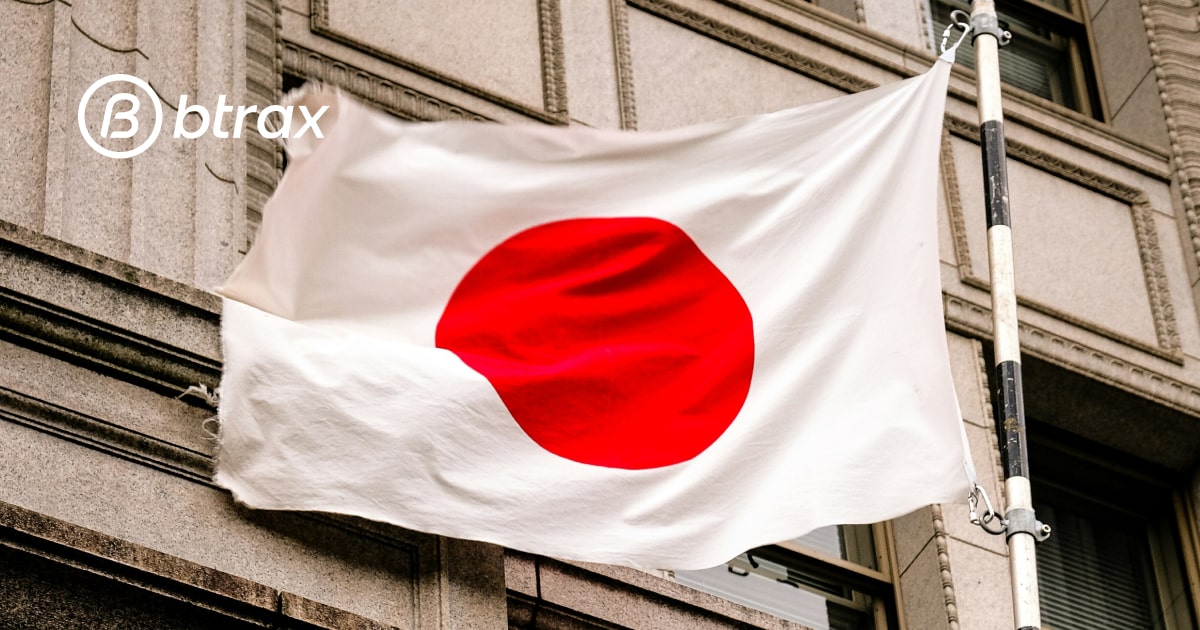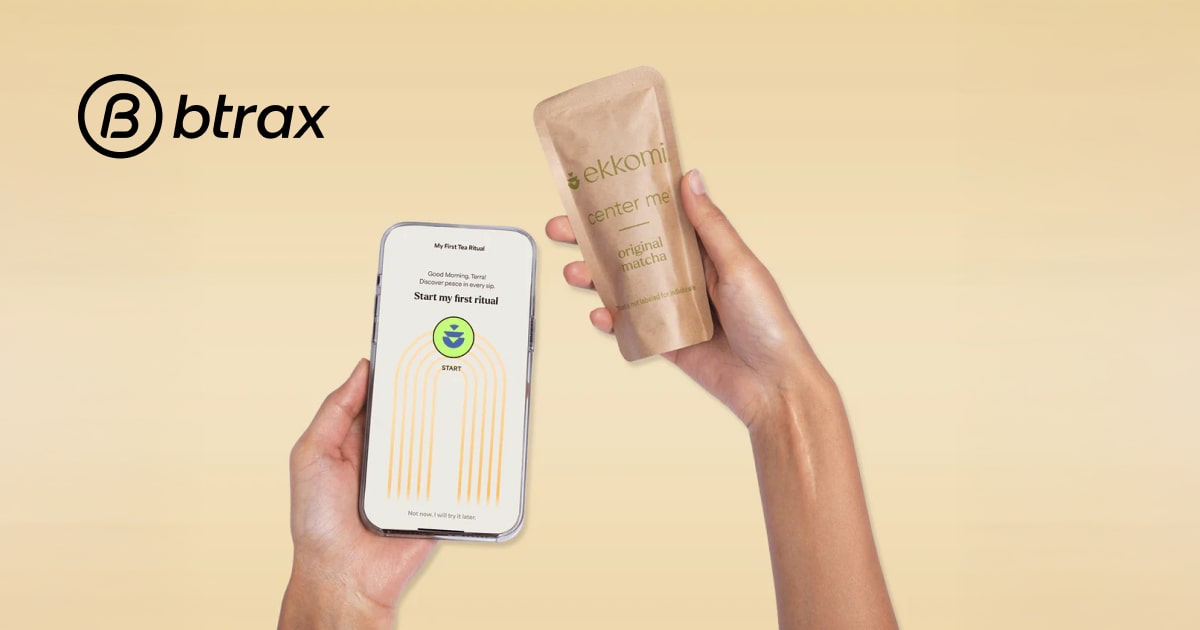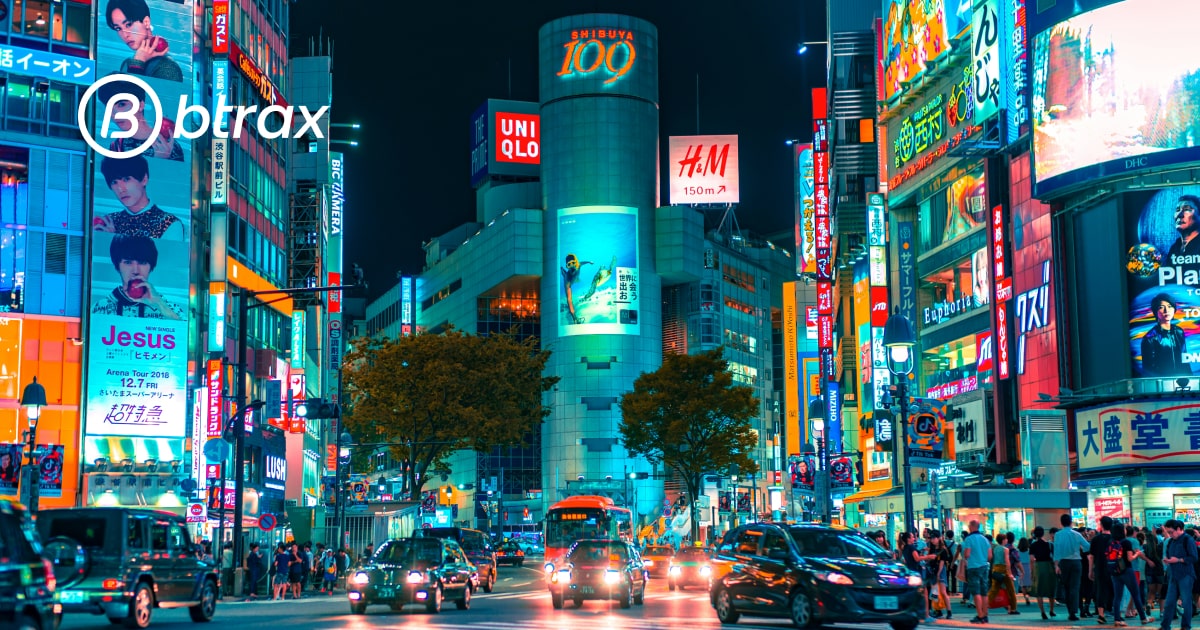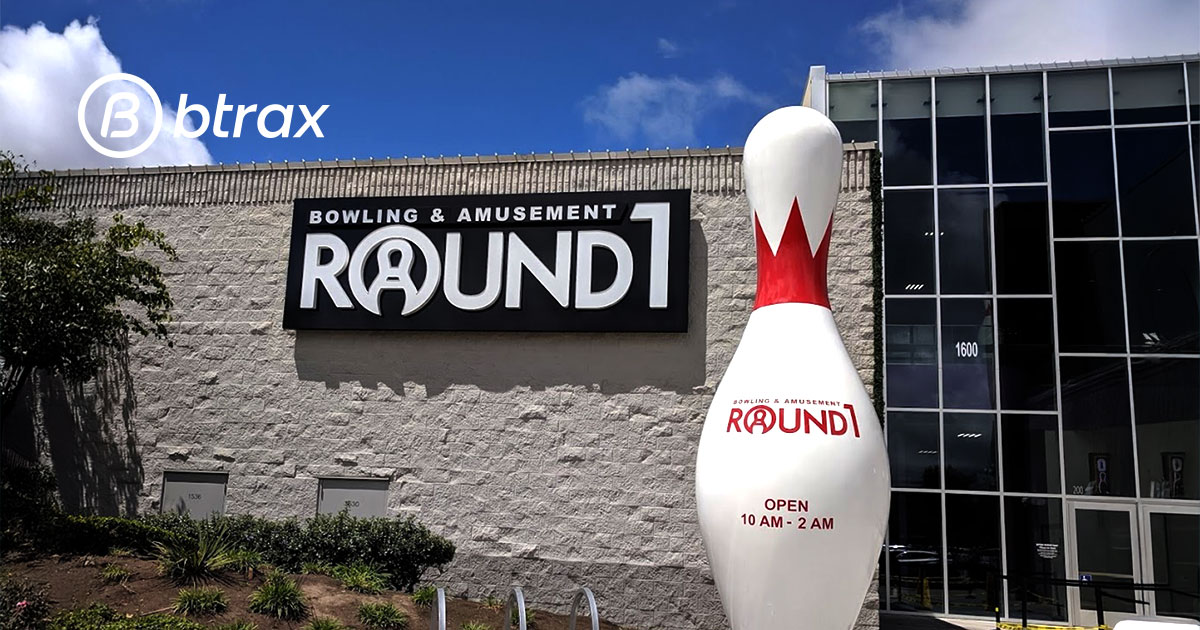
Btrax Design Company > Freshtrax > How to Provide ...
How to Provide an Unforgettable Customer Experience: Intro to Experiential Marketing
What is experiential marketing and why should you care?
Up until now marketing has disseminated product benefits and brand identity across a wide range of platforms and audiences, but experiential marketing focuses on communicating brand and product core values to the consumer on a personal level in a small-scale, hands-on, and immersive environment.
The ultimate goal is to offer an unforgettable brand experience, connect with the consumer on an emotional level to build customer loyalty, and enhance customer lifetime value.
A few examples of the approach include:
- A pop-up store
- An Installation
- A VR experience that allows the user to be immersed in the brand’s worldview
- Interactive outdoor ads
- Experimental experiences using the latest technologies
- An art project
- An offline gamified experience
There’s no one right way to carry out experiential marketing. But successful experiential marketing engages the senses, and immerses the consumer in a truly standout experience.
Why Does it Matter Now?
1) Millennials value experience
According to a survey from Eventbrite, an online event management platform, millennials (those born between 1980 and 1996, who are aged 22 to 38 as of this year) consider experiences to be extremely important. Furthermore, the amount of money and time they spend at events is increasing.
Millennials are going to concerts, festivals, networking events, and sporting events; all across the board they are showing up and participating in activities to accrue experiences.
Millennials make memories at events with their friends in order to live a full life, and this is an important part of their values. 78% of survey participants said that they would spend money on a desirable event, and 55% of millennials say they are spending more on events and live performances than ever before.
Furthermore, 82% of millennials have attended an event in the last year, and this is up from 70% in older generations. 72% of millennials say they would like to increase their spending on events, revealing a push away from materialism and towards real-life experiences.
Case Study: Koala

Photo source: https://www.lineup-inc.com/single-post/koalasleeplab
Koala, an Australian direct to consumer (D2C) mattress maker has been using experiential marketing to connect with potential customers in Japan.
They just recently had a pop-up in Osaka on May 19th and 20th called the “Koala sleep lab”, that offered people the chance to try the mattress, enter a raffle for a chance to win one, and where a major rugby team had a sleep analysis done.
Koala knows that experiential marketing is important, recognizing the value of having customers directly experience their mattress. In Australia, they implemented a mobile mattress trial campaign called Snooze Cruize where people could book an appointment to try out the bed in a fully decked-out van.
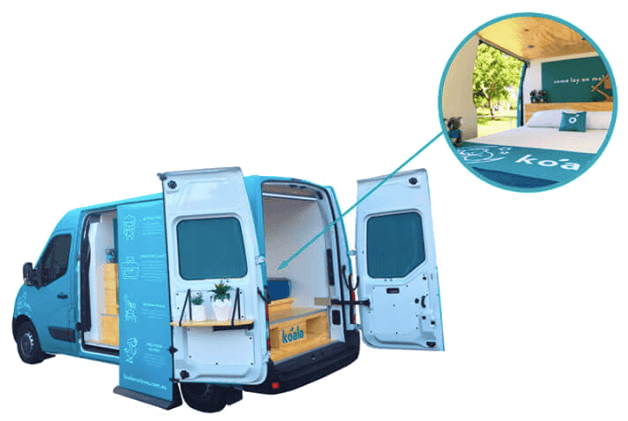
Photo Credit: https://www.webprofits.com.au/blog/koala-growth-strategy/
This was ingenious because they also had a booking system, which allowed them to track how many potential customers there were in the area. Couple that with a rating system for after their experience, and you have a great way of measuring potential sales.
btrax worked with Koala on their first pop-up: introducing their products through simple nap rooms in 2 companies in Japan. The nap rooms were introduced in Frontier Consulting, an office design company, as well as in Recruit, an HR tech, staffing, media and solutions firm.
Japanese businesspeople are famous for overworking, so we focused on them as Koala’s target customers in this instance through the nap room to get them to try the product and offer a much needed bit of respite.
2) Continuous Ads
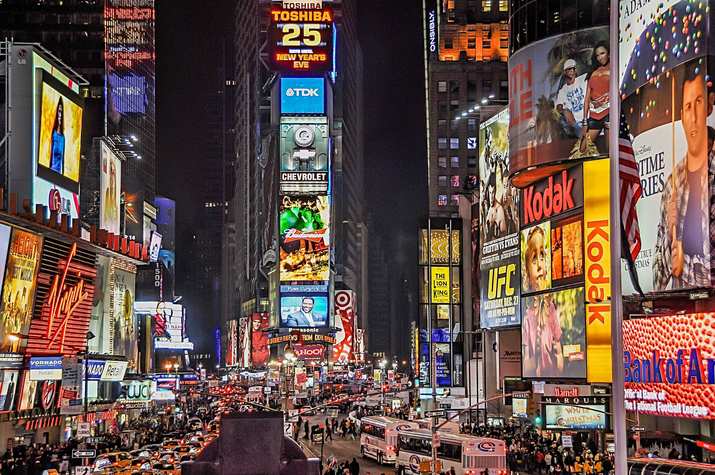 Consumers are flooded with ads all the time. According to a digital marketing agency survey, the average American sees between 4,000 and 10,000 ads a day. That may sound like a lot, but let’s think about a typical day in your life.
Consumers are flooded with ads all the time. According to a digital marketing agency survey, the average American sees between 4,000 and 10,000 ads a day. That may sound like a lot, but let’s think about a typical day in your life.
The first thing you see when you wake up are ads on social media, and sponsored posts from influencers; you see ads in the train and on the street during your commute, and you see newsletters from brands and stores in your email.
Mountains of mail come to your home address and inboxes, and ads are automatically displayed based on you search histories.
Lastly, before you fall asleep, you might open up your social media again and be greeted by ads once more.
Do consumers remember these ads? Do they really look at all these ads? There are plenty of people using ad-blockers to stop having ads displayed on webpages, ads on videos can be skipped easily, and it’s easy to view only the content we want.
It’s getting difficult to keep consumers’ attention in today’s ads that only espouse the benefits of products in a one-sided way, leaving them out of the conversation. Conventional ads require continuous communication efforts over a long period of time to increase brand awareness and convey a product’s benefit.
Conversely, experiential marketing allows you to increase brand awareness and loyalty in a short time by communicating one-on-one with the consumer. This is because experiential marketing engages the senses, touches consumers emotionally, and leaves a lasting impression that is hard to forget.
Just as how we carry with us memories of fun times when we were younger, a positive brand image can be impressed upon consumers if the brand provides an exciting experience. If the brand service or product is experienced in an interesting setting, that brand will be imprinted in memory.
Once the customer encounters a problem for which the product or service you offer provides the best solution, yours will be the first brand remembered and considered.
3) FOMO and #instagenic
FOMO (fear of missing out) is the feeling one gets if they don’t go to an event their friends are going to that seems fun. Millennials feel this sensation a lot because social media makes it so easy for people in our network to share their enviable experiences.
FOMO occurs because our network of friends post intriguing and perfect-looking pictures on their social media, especially on instagram. Instagenic is the term coined to describe this feeling of FOMO arising from seeing such perfectly portrayed moments on instagram, despite their sometimes contrived nature. People will sometimes buy a product/service or go out somewhere for the sole purpose of looking good and enviable on Instagram.
FOMO and instagram posts push us to try new things, and unique experiences from events that call to millennials. Instagenic posts are a source of inspiration and desire to try new experiences that those in our network share with us.
Taking this into account, it’s important to consider the role of social media in driving consumers’ desire to try your experiential marketing installment, especially millennials who value experiences so much.
Conclusion
Experiential marketing is essential to growing a brand, building rapport, and providing consumers with unforgettable experiences. This approach leverages the fact that a consumer’s direct engagement with a brand makes for strong relationship building and potential brand loyalty later on.
The Millennial generation is reaching its peak earning potential, and we’ve seen an increase in their participation in events and unique experiences, so brand growth efforts through pop-ups and other experiential marketing efforts certainly should have a place in their lives.
This exciting and useful approach to building brand loyalty and putting the consumer into genuine conversation with products and services is burgeoning. If you’re not thinking about running an experiential marketing campaign you should be, and we can help you formulate and manage your strategy and entry.
Check Out Our FREE E-Books!
Discover our FREE e-books packed with valuable research and firsthand insights from industry experts!
Dive into our collection below, and stay tuned – we’re constantly adding new titles to keep you ahead of the curve.
- Big in Japan: Global Brands Thriving in the Japanese Market, Vol. 1
- A Guide to the Promotional Seasons in Japan
- What I Wish I Knew Before Entering the Japanese Market
- 100+ Facts to Understand the Motivations Behind Japanese Behaviors
- Insights on Japan’s Changing Workstyle
- Insights into Japan’s E-Commerce and Direct to Consumer (D2C) Market


